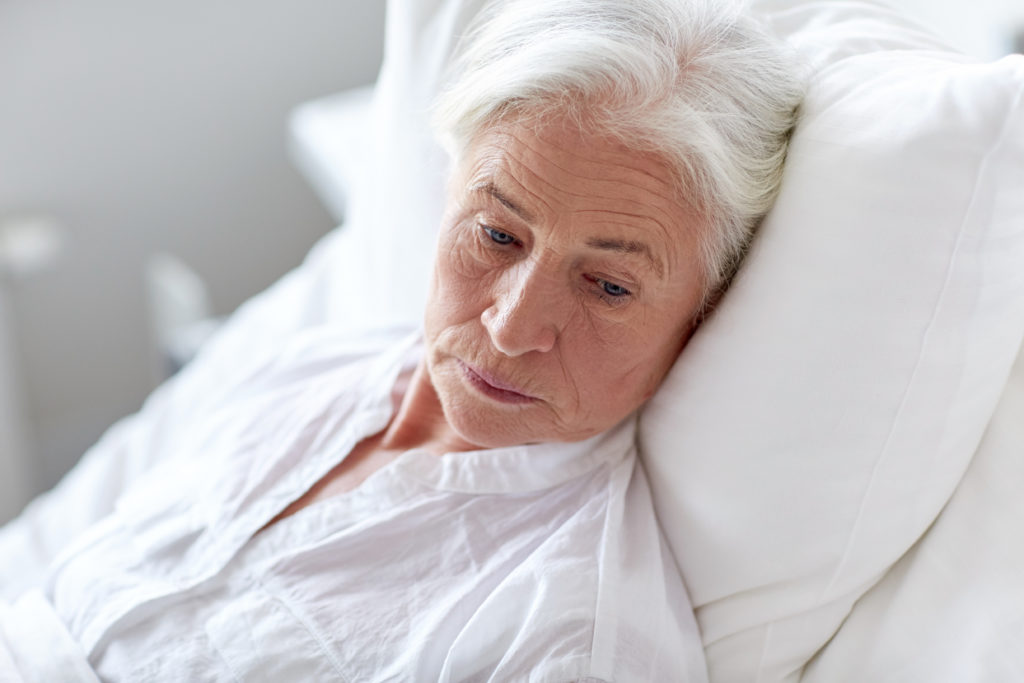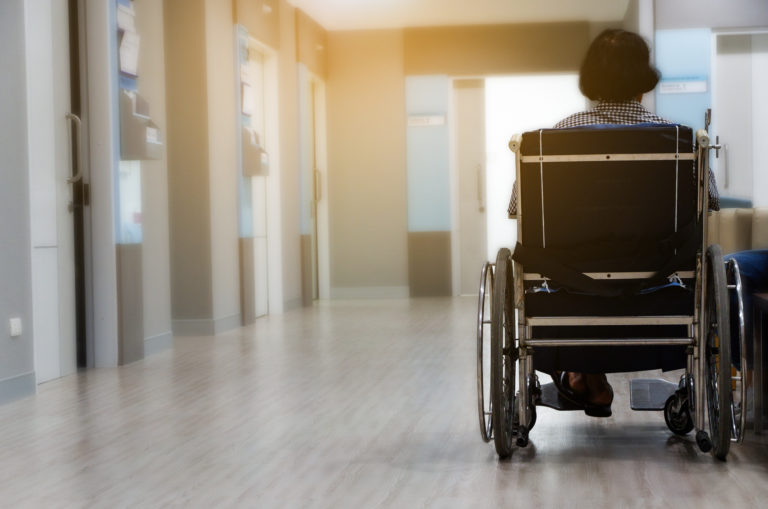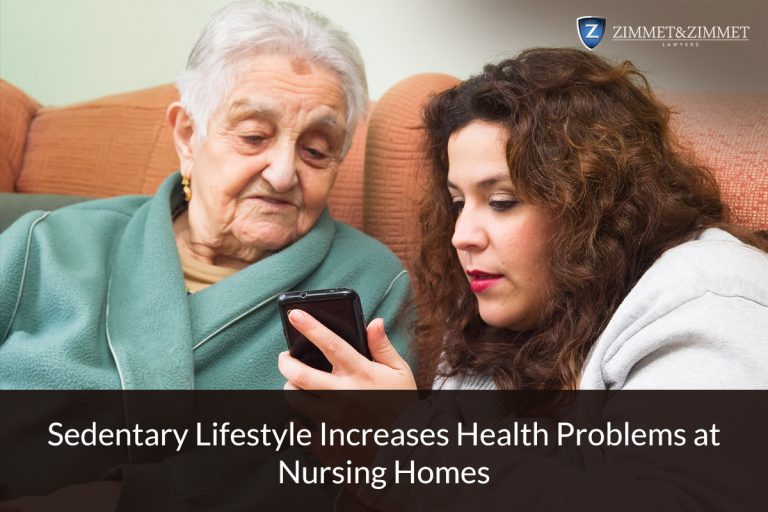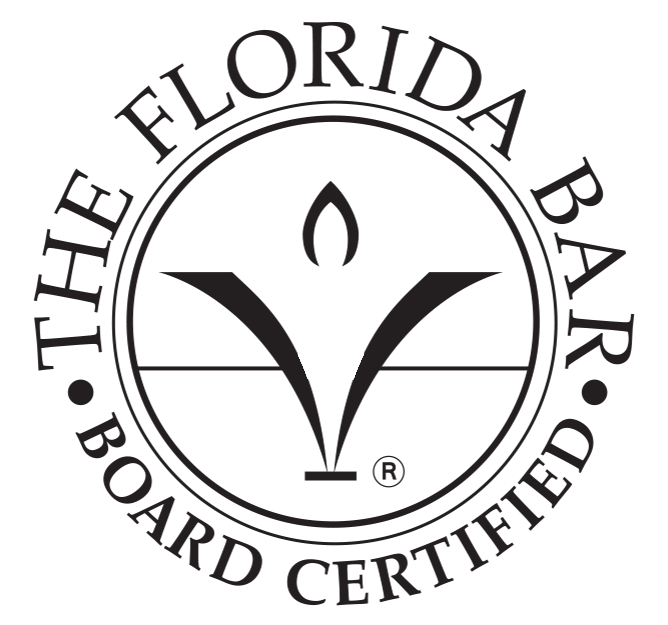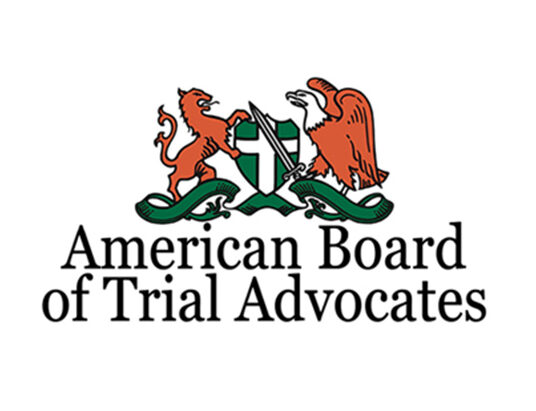We have noticed, over more than 40 years of practicing law, that nursing homes and assisted living facilities to keep making the same mistakes that cause needless suffering. We want to help you choose a nursing home or assisted living facility, help you evaluate whether the care provided by a nursing home or assisted living facility is up to standard, know what to do if the care is substandard, and what to do if you or your family member is injured by a nursing home.
Florida law provides specific rights for nursing home and assisted living facility residents, and there are things that can be done to enforce those rights. If you or a family member has been the victim of nursing home resident rights violation or nursing malpractice, you need useful information that is designed to help you.
The five most dangerous things nursing homes do to cause needless suffering
- The staff their facility with an insufficient number of people to meet resident needs – The most important thing nursing home administrators can do to be sure that their patients get quality care is to have enough staff available. Among others, nursing homes employ registered nurses, licensed practical nurses, and certified nursing assistants. Registered nurses have substantially more training than licensed practical nurses. Certified nursing assistants, in comparison, have very little formal training. Usually, the nursing assistants and one nurse provide most of the direct patient care to an individual resident. It is almost always up to the nursing assistant to turn and reposition a patient in bed when the patient cannot move. Since this has to be done every two hours, the nursing assistant must have enough time to come back to the patient every two hours and to take enough time to turn the patient carefully.
- Fail to turn and reposition patients every two hours – The standard of nursing care requires that when a patient cannot move around in bed, the nursing staff must reposition the patient every two hours. If this does not happen, the patient is very likely to develop bedsore. Nursing homes cause needless suffering when they allow their patients to develop bedsores because they have not been turned every two hours. In order to meet the standard, a nursing home must have both sufficient staff and a reliable system to keep track of when patients have been turned.
- Fail to use an advanced pressure relief surface for patients who are at high risk for bedsores – Medical equipment companies have a wide variety of different beds designed to relieve pressure for patients who cannot move around and are at high risk for bedsores. Bedsores are caused by unrelieved pressure to the skin which cuts off blood flow through capillaries. When blood does not flow through capillaries, the skin tissue does not get adequate oxygen and the tissue dies. Some hospitals and nursing homes claim that all of their beds are “pressure relief beds.” However, one of these standard beds may not be sufficient to meet the unique needs of a particular patient. Advanced pressure relief beds should be carefully considered for all patients who are at high risk for bedsores. The risk of bedsores should be assessed when a patient is first admitted to a nursing home.
- Believe that they cannot keep a patient from falling – It has been our experience, in more than 30 years of litigation, that many nurses believe it is simply not possible to keep their patients from falling. This cultural belief makes it less likely that nursing home staff will effectively implement adequate fall prevention techniques. The greatest single indicator of risk for falling is whether a patient has already fallen. If a patient has a history of falls or other risk factors, the nursing home should develop a comprehensive strategy for fall prevention in conjunction with the family, the doctor, and a physical therapist. The strategy should be changed at any point there is a substantial change in a patient’s condition that affects the risk of falling. If a nursing home does not consistently do what can be done to prevent a fall, the patient may suffer needlessly from a significant injury caused by a fall. This includes such injuries as painful, broken bones and traumatic brain injury.
- Fail to develop a close healthcare partnership with family members – Family members know more about a patient than anyone else, including the doctor and nurses at a nursing home. They spend more time with the patient at the nursing home than the nurses or doctors. They are much more likely to notice subtle, but significant, changes in the patient’s condition. Therefore, nursing home staff should consider family members as invaluable partners in providing quality care. They should be consulted at every point there is a change in the patient’s condition. Complaints from family members should be considered as opportunities to improve quality care. If the nurses are defensive about family member complaints and steadfastly refuse to believe that they make mistakes, they miss the opportunity to make improvements for the benefit of the patient.
Hire a Personal Injury Attorney for Help
Zimmet & Zimmet are attorneys who have many years of experience practicing in the area of nursing home abuse and neglect. We have seen many instances of injuries caused by the poor nursing home. If you or your beloved one have been involved in a nursing home accident, contact us for further help by calling 386-255-6400.

